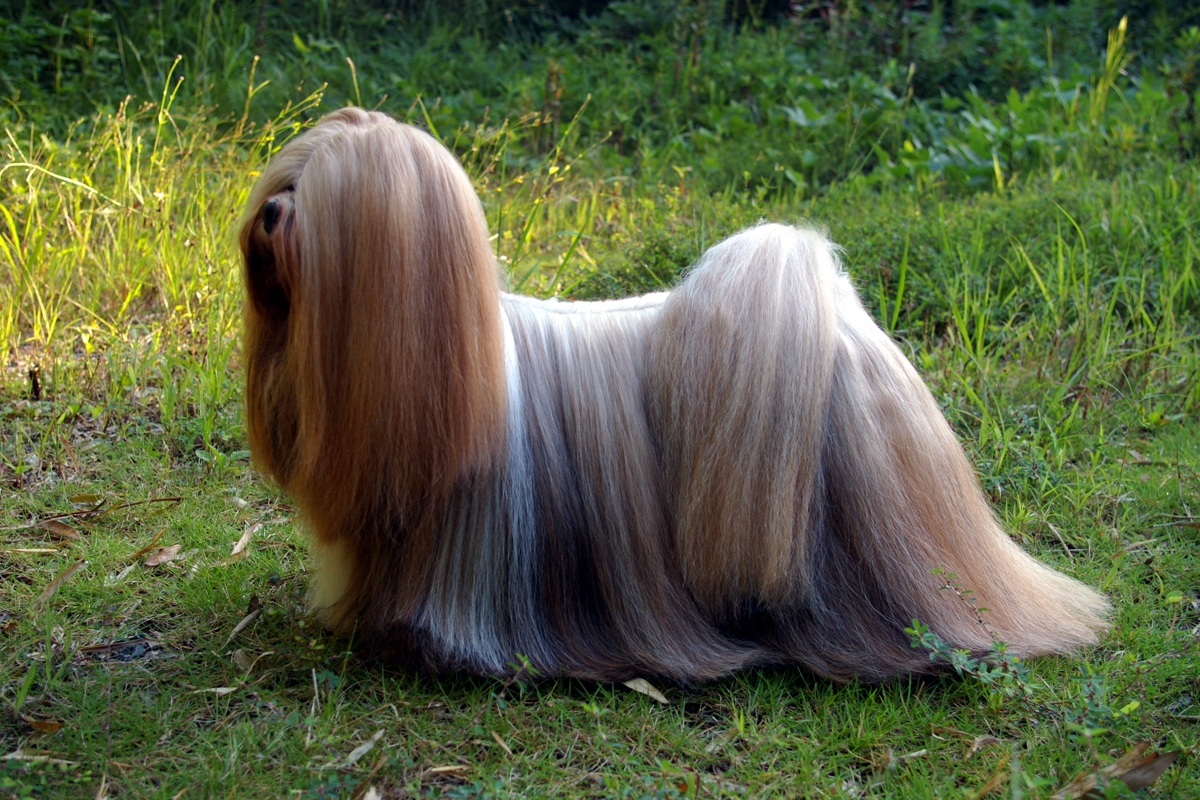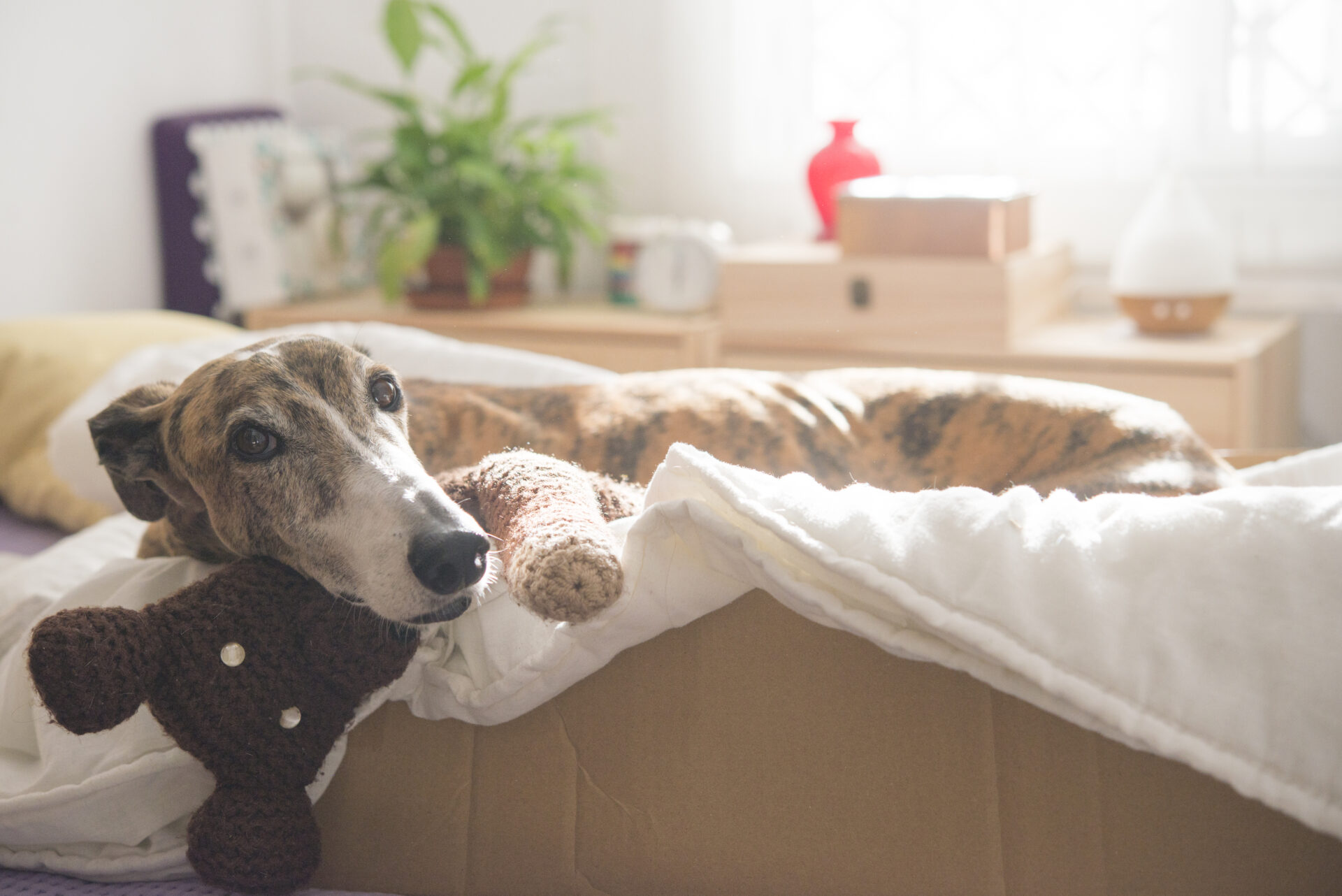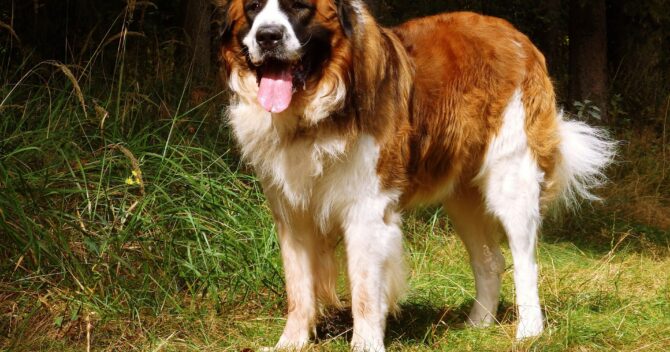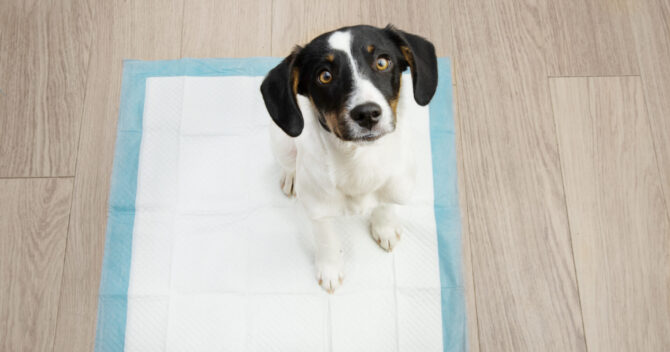Lhasa Apso - history of the breed
The Lhasa Apso is a very old dog breed, originating from the mystical, picturesque mountains of Tibet. The Tibetans also call the breed "Seng Kye", which means "roaring lion". The first mention of these dogs dates back to the XNUMXth century BC, although the breed may have appeared in this region much earlier. When it comes to the role of these animals in the lives of people of that time, it is difficult to avoid references to religion. According to historical records, representatives of this breed accompanied monks in monasteries as well as Tibetan aristocracy and rulers.
At a time when the country was ruled by the Bon Po religion, it was believed that after death the soul of the owner could enter the body of the lhasa apso. And although the Buddhists who took over the monasteries in the XNUMXth century AD did not share the beliefs about the transmigration of the soul, they valued this breed for its intelligence, ability to think for itself and guarding skills. She was universally revered and respected. Since Lhasa Apso were believed to bring good luck, after the establishment of Buddhism, it was strictly forbidden to take dogs out of Tibet, except in isolated cases when the Dalai Lama personally gave Lhasa Apso puppies to great personalities as a sacred gift.
Suggested sizes and widths of accessories for this breed of dog:
Here are the suggested sizes for adult dogs of this breed. They were selected on the basis of many years of experience in sewing accessories and the most common choices of other dog owners of this breed. Remember, only measuring will give you 100% certainty - every dog is different.
The Lhasa Apso breed was brought to England in 1928 by a British colonel and in 1934 officially recognized by the British Kennel Club. The FCI (Fédération Cynologique Internationale) registered the Lhasa Apso under the model number 227, in group 9 - ornamental and companion dogs, in section 5 - Tibetan breeds.
Lhasa Apso - Appearance
The Lhasa Apso is a small dog with an elongated body and a compact body. Adult female dogs reach 18-28 cm in height at the withers and 4-6 kg in weight, while dogs 20-30 cm in height and 5-7 kg in weight. In the appearance of the Lhasa Apso, the impressively long, straight coat attracts special attention, which, together with the fairly dense undercoat, creates a great coat, perfectly protecting against cold and unfavorable weather conditions. The head is abundantly hairy with falling hair over the eyes, a lush beard and moustache. Although the red-golden coat is the most valued, the color range of the lhasa apso coat is very large - from white through honey, sand, brown to black. Lhasa apsos often have dark tips of hair on the face and ears.
It is worth remembering that breeders are not always able to determine what color a puppy's fur will be in adulthood.
The Lhasa Apso should have a slender body with an indentation at the end of the ribs. Set on a strong neck, slightly narrowing downwards, the round head has a medium-sized stop, a few centimeters long muzzle and hanging ears. The eyes are very dark, almond-shaped (neither sunken nor bulging). The tail, set high and richly feathered, is carried over the back and may be slightly curved at the tip. The heavily furred limbs are short, straight, strong and well angulated.
Lhasa Apso character
The Lhasa Apso has a friendly, cheerful disposition with a hint of firmness and independence. Despite his small size, he is a born leader and likes to get his way sometimes. With proper socialization, he becomes an open and gentle companion. He is very intelligent, learns quickly, although he also likes to manifest his reluctance to train. Despite its small size, the Lhasa Apso can easily take part in long walks and even trekking trips in the mountains. Although in this respect it is always worth taking into account the individual preferences of the pet. Some lhasa apsos like to accompany their owners while jogging or playing sports, while others prefer a quieter lifestyle.
In the family circle, he shows great sensitivity, a great need for acceptance and contact with household members. He can easily sense the mood of the owner and adapt to it. However, towards strangers, he is extremely vigilant, cautious and distrustful. Early socialization of a four-legged friend should be focused on building positive associations in relationships with people and other animals. The breed requires consistent, patient, loving upbringing, because these dogs are not forgiving of mistakes.
Care and care
The long coat of the Lhasa Apso requires careful systematic care, so it is worth accustoming the pet to frequent brushing, trimming and bathing. The hard topcoat together with the dense undercoat should be brushed 2-3 times a week. For fine, soft hair, even daily. Before the treatment, it is worth spraying the coat with a conditioner. Due to the fact that the lhasa apso coat is not prone to tangling and felting, treatments are not difficult or burdensome. What is also important, the four-legged friend hardly sheds, and his long hair is easy to remove from clothes, upholstery and carpet.
Since the breed is prone to caries, special care should be taken to take care of your pet's teeth. Due to the tendency to conjunctival infections, the eye area should also be washed daily. We only bathe the lhasa apso when necessary. When bathing, it is best to use a shampoo for long-haired dogs, and after the treatment, apply a balm that will facilitate thorough combing of the coat. Every month, we trim the hair on the paws, and if the guardian does not have much time and patience for daily combing, you can give your pet a sports haircut. The care schedule should also include caring for the ears (due to the tendency to inflammation - even 2-3 times a week) and trimming the claws (2-3 times a month).
Health Lhasa Apso
The Lhasa Apso is considered a long-lived breed. The average life expectancy of its representatives is 12-15 years, often they live up to 18 years.
The most common diseases affecting lhasa apsos include:
- dislocation of the kneecap
- allergic dermatitis
- inflammation of the sebaceous glands
- hip and elbow dysplasia
- dry inflammation of the cornea and conjunctiva
- progressive retinal atrophy
- kidney dysplasia
It also has a predisposition to hypothyroidism, intervertebral disc disease, nasolacrimal duct obstruction which can cause sleep apnea, and Legg-Calvé-Perthes disease which refers to necrosis of the femoral head.
Interesting facts
- The Lhasa Apso is a long-haired breed, although numerous photos on the Internet show different hairstyles. The length of the coat reaching the ground is appropriate for show dogs. It is a significant obstacle in everyday activity. Caregivers often decide to get a professional haircut. Puppies and young dogs initially have a short coat. Further hair growth is a matter of individual genetic material. Some dogs never reach the length of their fur to the ground.
- Brought to Europe, the Lhasa Apso was initially confused with other Asian terriers (especially the Tibetan Terrier) and classified as "Lhasa Terriers". In fact, however, the breed is more closely related to Shih Tzu.
- Research shows that the lhasa apso's impressively long fringes above its eyes were developed to protect it from dust and wind.
Lhasaapso, CC BY-SA 3.0, via Wikimedia Commons
Maybe you'll like it:



